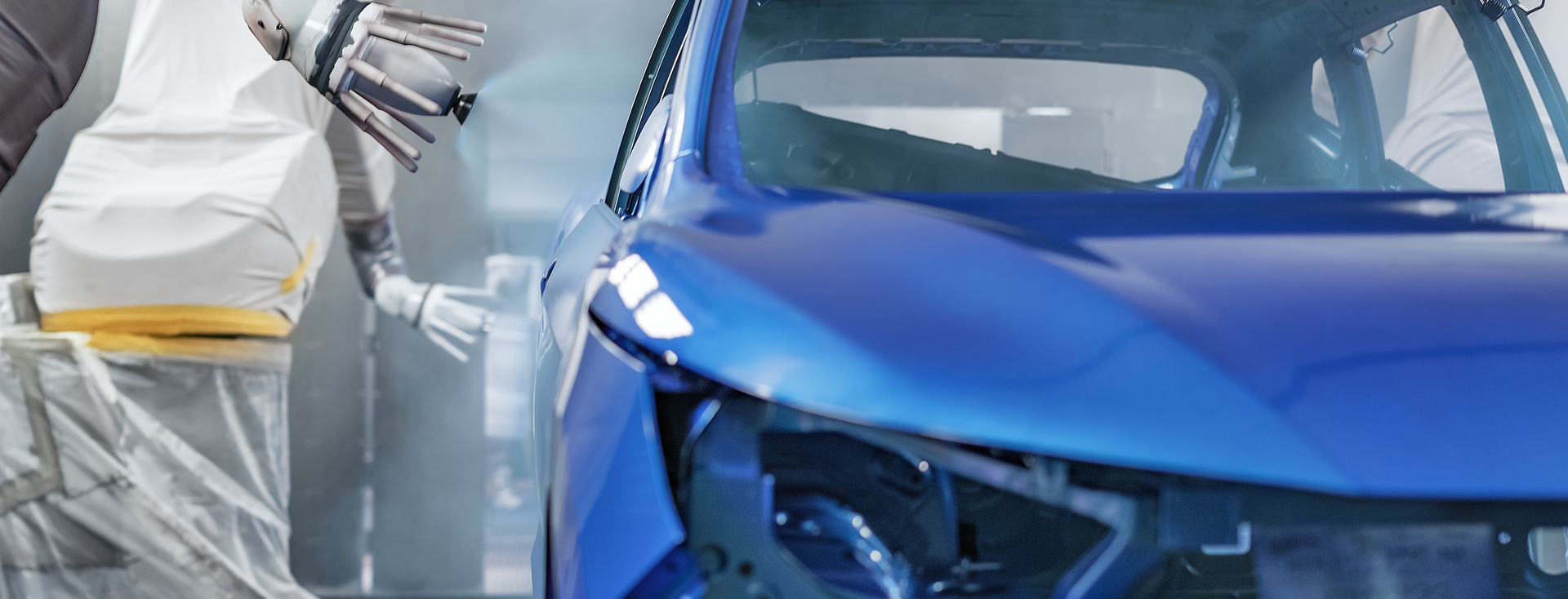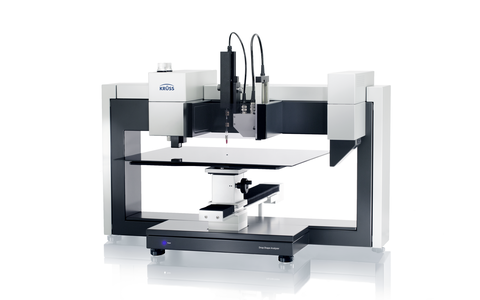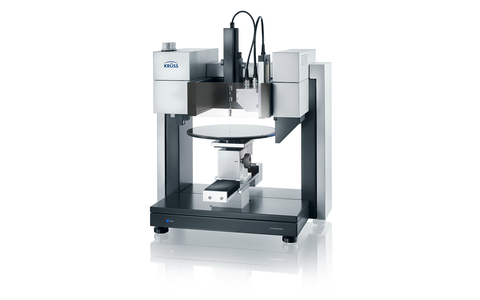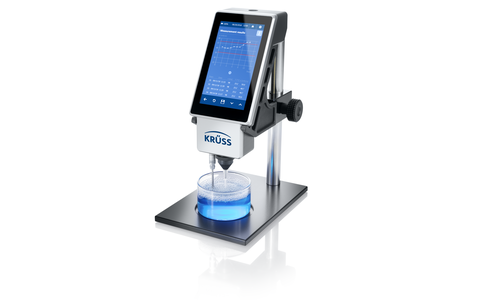
Coating of metals
Chemical interface measurements for protection, painting and bonding
The majority of metals produced throughout the world are painted, bonded or provided with a protective coating when they are processed. Our tensiometers and contact angle measuring instruments check the wetting and adhesion of the coating materials involved, thus enabling high product quality to be achieved and processes to be optimised.
Typical metal-coating applications
- Corrosion protection and painting in the automobile, shipbuilding, bridge-building and aircraft industries
- Painting of housings for domestic appliances, entertainment and communications electronics
- Coating of metal prostheses and dental implants for biocompatibility
- Bonding with other materials such as plastics, glass or textiles
- Printing plates in offset printing
Wetting and adhesion between coatings
Paints and adhesives, particularly those which are water-based, frequently have to be adjusted for contact with the metal surface. Our measuring instruments determine the surface free energy and polarity of the metal and the surface tension of the coating material.
Important information is obtained by combining the results:
- The spreading coefficient is a measure of the homogeneity and speed of wetting. It is a decisive factor in determining the uniformity of a paint coating, for example.
- The work of adhesion describes the strength with which the coating or the adhesive adheres to the metal surface.
- A low interfacial tension between metal surface and coating is indicative of a stable bond in the long term. It also determines the tendency for re-wetting by water and, for example, defines the quality of corrosion protection or of a printing plate coating.
Quality assurance of the surface protection
It must not be possible for painted coatings and corrosion protection of the metal surface to be wetted by potentially aggressive liquids such as water or saline solutions. The contact angle is therefore a direct measure of the effectiveness of the protection.
Checking the surface pretreatment
Coating is usually preceded by pretreatment of the metal. The objective of this is to increase the surface free energy which is reduced by contamination or passivation of the metal. Effective and uniform pretreatment leads to uniform, good wettability and high surface free energy. These measurements can be checked using our mobile contact angle measuring instrument.
Cleaning baths contain surfactants as wetting and cleaning agents. The surface tension is measured in order to check their effectiveness and efficiency. The active ingredient content of a bath containing surfactants can be checked on site using a mobile bubble pressure tensiometer.




























